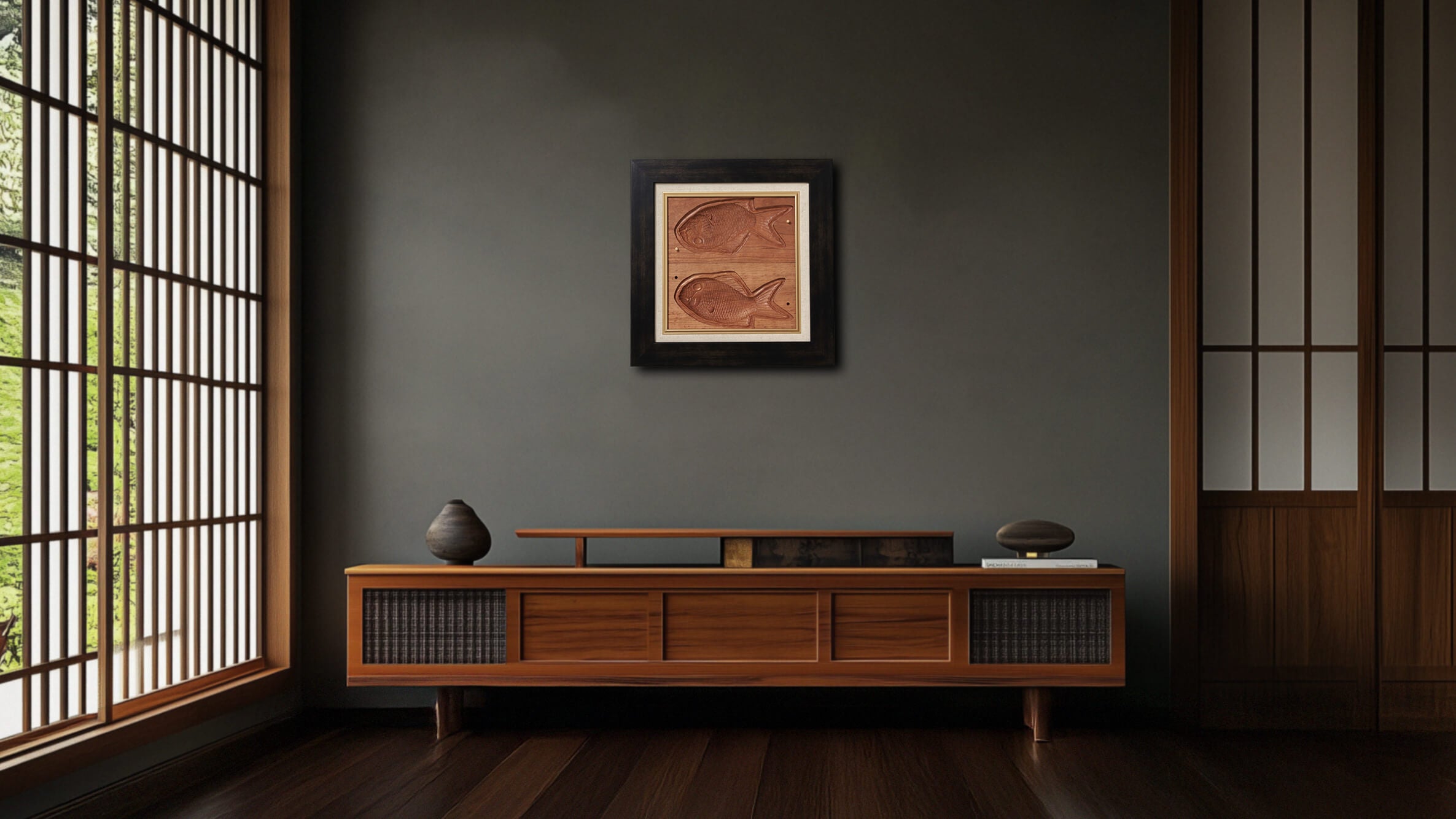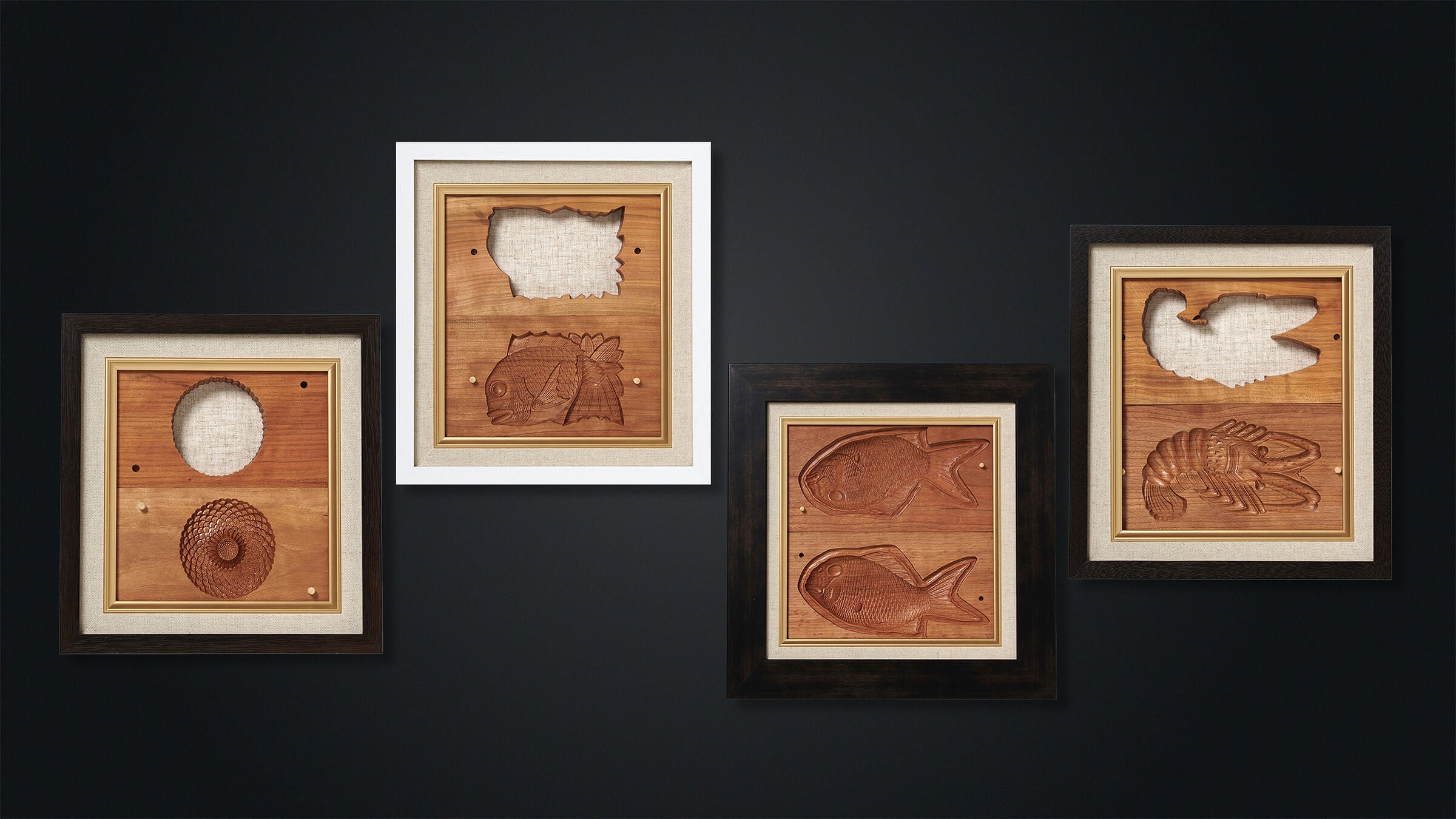Where Tradition Meets Style
The Evolution of Wagashi: A Journey Through Time
Jomon Period (14,000-300 BC)
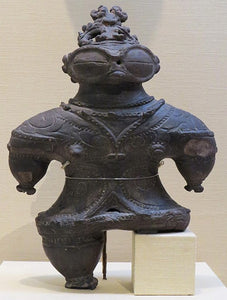
The origins of wagashi date back to the Jomon period, when early Japanese crafted simple sweets using ingredients like nuts, berries, and grains. These early treats were more than just food—they were offerings to nature, reflecting a deep reverence that would carry through Japan’s cultural evolution.
Asuka Period (538–710 CE)
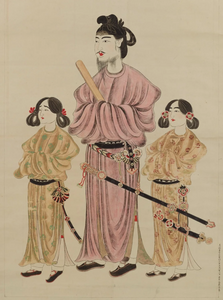
The arrival of Tang sweets from China during the Asuka period brought new ingredients and techniques to Japan. Made from rice flour and sweetened dough, these early confections set the foundation for wagashi as a refined culinary art.
Heian Period (794–1185 CE)
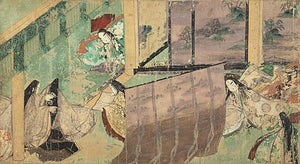
With the introduction of sugar by Buddhist monks from China, sweets became a luxury item among the Heian aristocracy. This period solidified wagashi’s place as a sophisticated art form, with noble families savoring sweets that embodied elegance and simplicity.
Edo Period (1603–1868 CE)
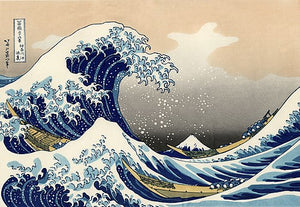
The Edo period marked a golden age for wagashi, with over 180 varieties created to celebrate Japan’s festivals, seasons, and natural beauty. Molds became art pieces in their own right, making sweets like rakugan as visually captivating as they were delicious. At that time, the Bushu Ito School, famed for its Japanese swords tsuba designs, influenced Japanese swords with their intricate craftsmanship.
Meiji Period (1868–1912 CE)

As Japan entered the Meiji period and opened its borders, Western confections began to arrive, adding a new layer to Japan’s dessert culture. While sponge cakes and chocolates introduced new tastes and textures, wagashi remained a beloved tradition, cherished for its connection to Japanese history and customs. This blend of East and West in Japanese sweets created a diverse culinary landscape that celebrated both heritage and modernity.
Modern Era

Today, the Bushu Ito School revives this legacy under the 15th-generation Ito family. With an unwavering dedication to their craft, they have transformed the art of wagashi molds, using engraving techniques to achieve the intricate details that capture the spirit of Japan’s natural landscapes and timeless beauty. Each mold reflects the harmony of traditional craftsmanship with the meticulous precision of modern engraving, offering a piece of Japan’s cultural heritage, perfect for both sweet-making and display.
